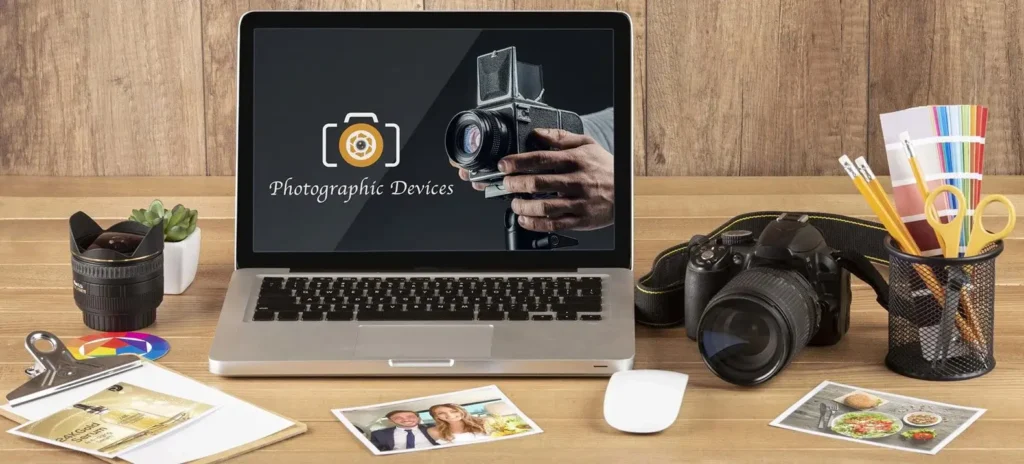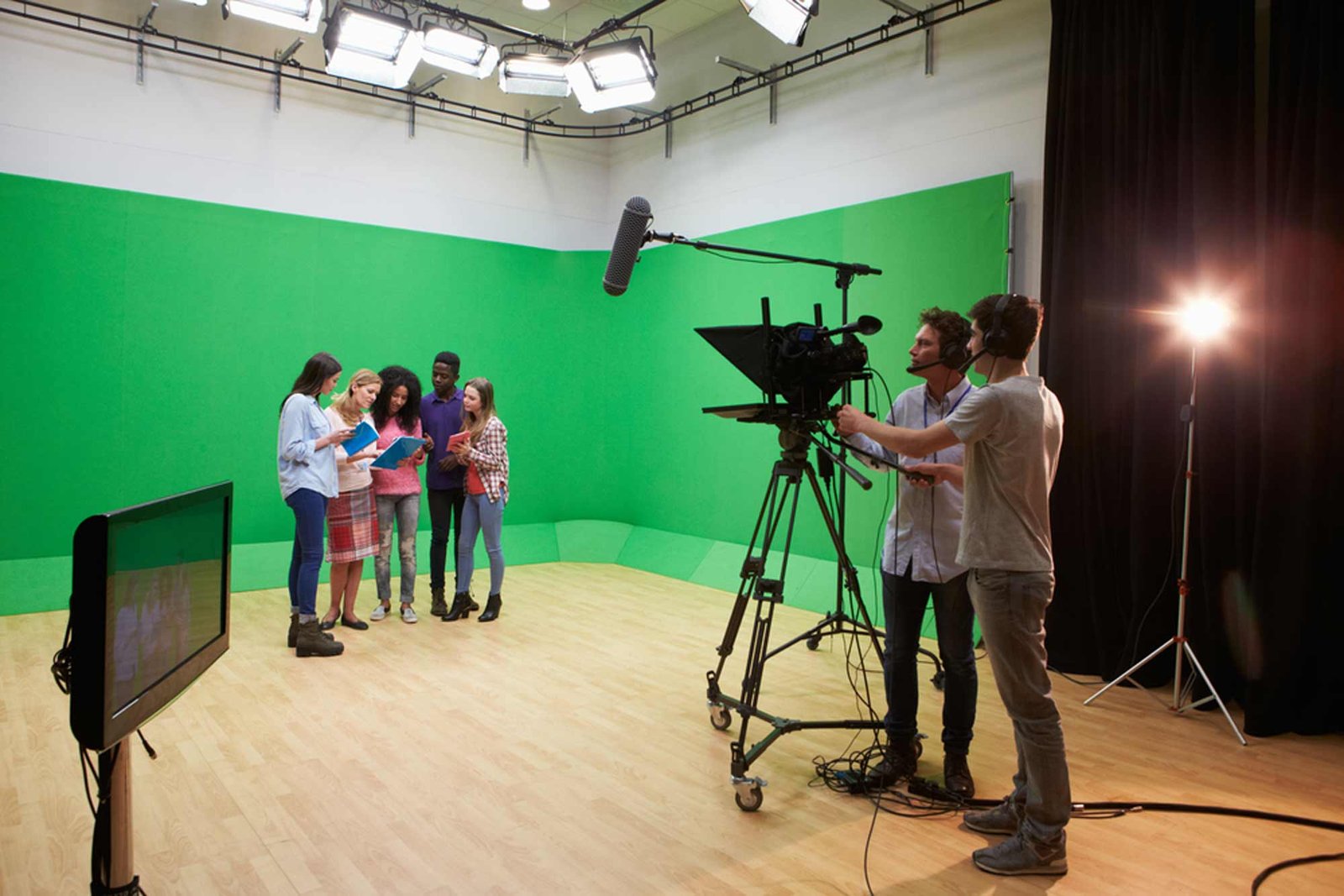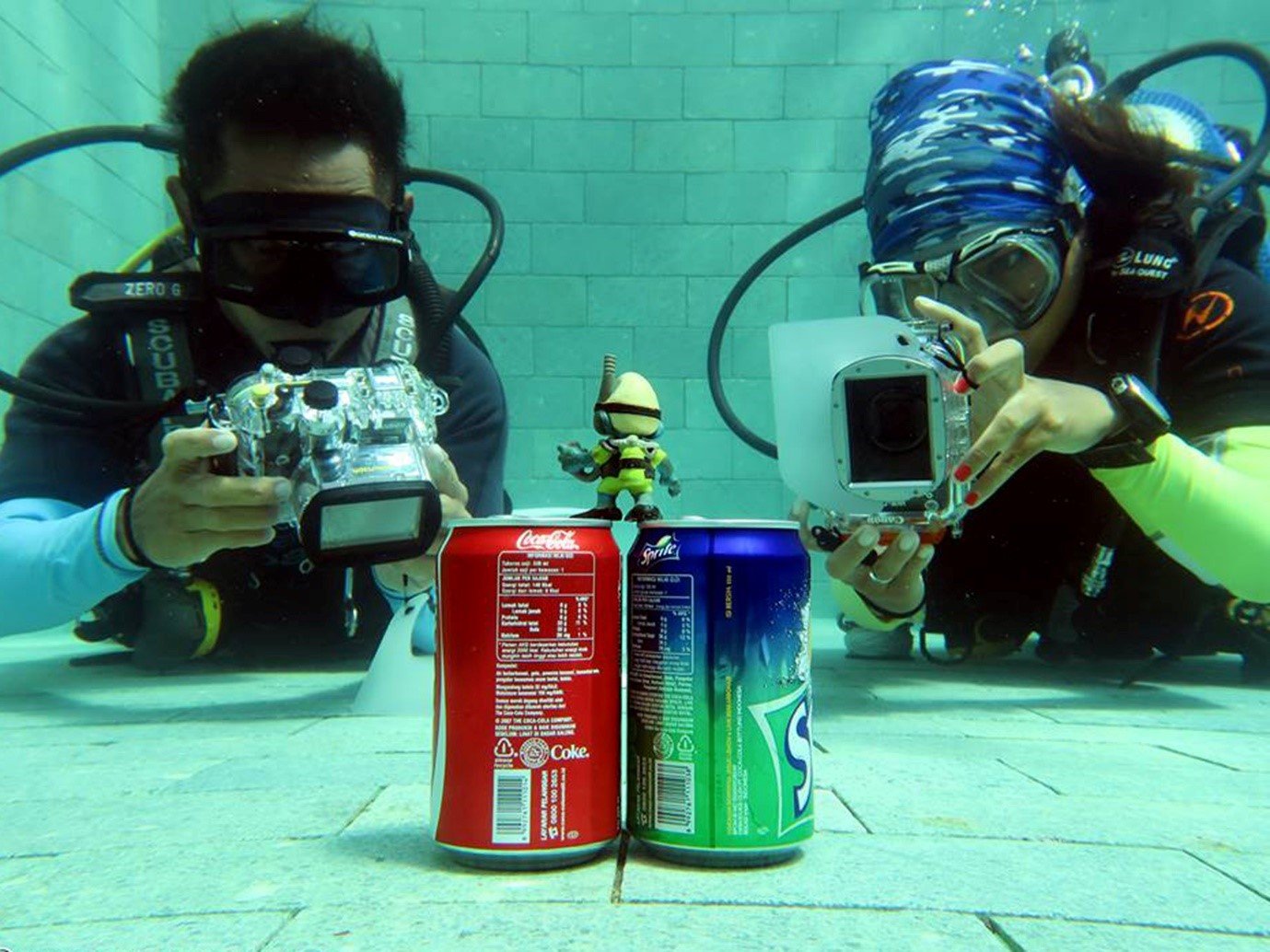Welcome to our comprehensive guide on improving your product photos! In today’s digital age, captivating visuals are essential for attracting potential buyers and converting them into satisfied customers. Mastering product photography is valuable for entrepreneurs, online sellers, and hobbyists. We’ll explore seven tips to improve your product photography and make your images irresistible. Our advice covers understanding the rule of thumb, avoiding blurry photos, and embracing quality shots. We’ll delve into the nuances of clean product photography to help you capture the perfect shot every time. We aim to ensure your images are accurate representations and appeal to your audience. Additionally, we’ll discuss the significance of photo editing services in refining your images to perfection. So, grab your camera and let’s enhance your product photos!
Product photos must be flawless to attract customers while staying true to the original merchandise for credibility. Quality equipment, adequate editing and a logo defining the brand are essential for producing professional photos and establishing your company.
7 Tips for Better Product Photos
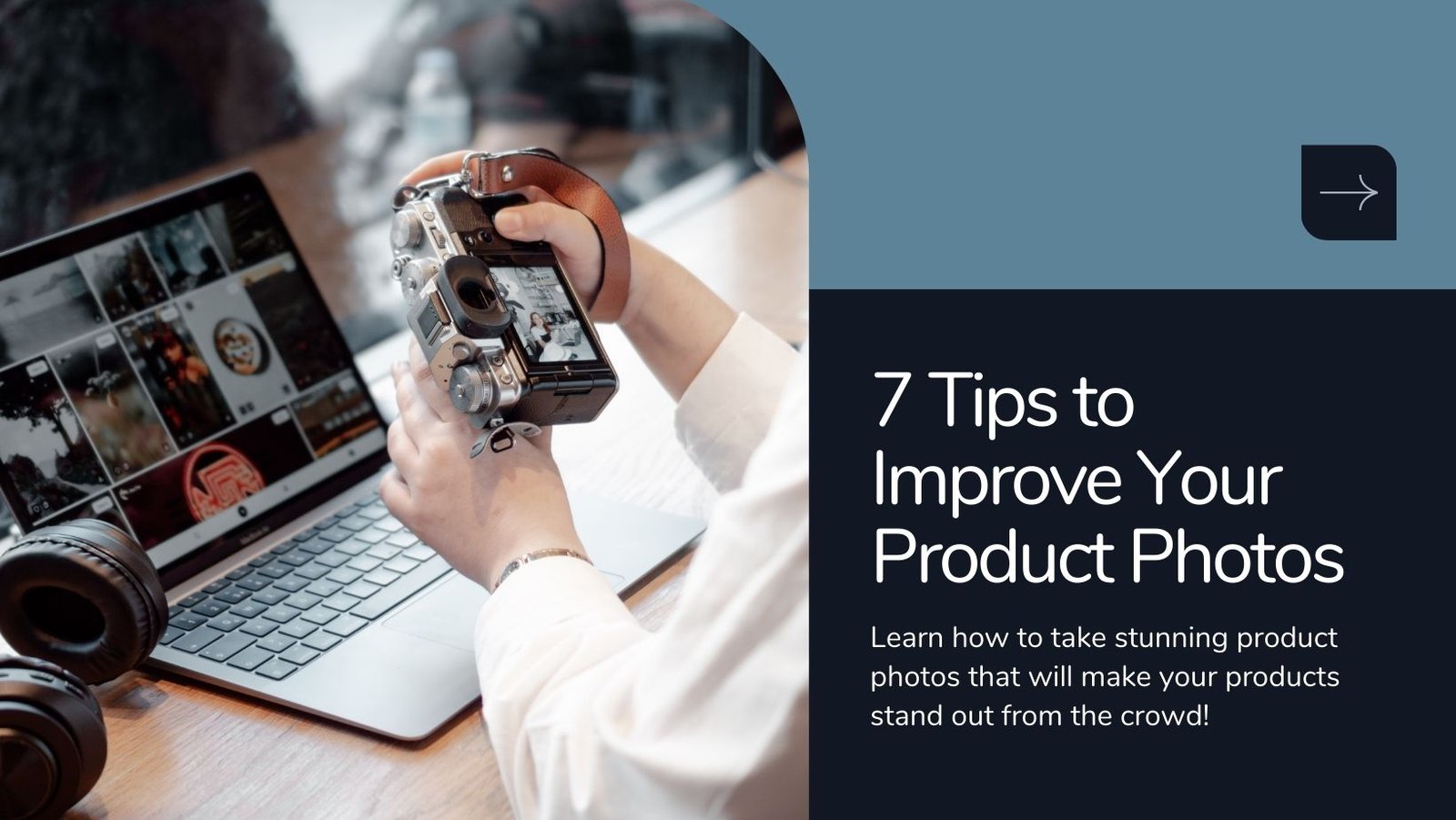
We’ll delve into seven actionable tips that will help you elevate the quality of your product photos. Each tip addresses common pitfalls and provides practical strategies for capturing stunning images that resonate with your audience. From mastering lighting techniques to optimizing composition and leveraging the power of post-processing, these tips will empower you to create compelling product photos that stand out from the crowd.
Explore each tip in detail to unlock the secrets to better product photography.
1) Photographic devices:
The first step is taking a photograph. Any device capable of doing so can be used.
- Camera: If you are going to do it, you might as well do it right – choose a professional or semi-professional camera with a pair of 35mm and 50mm lenses
- Smartphone: The most significant difference between a cell phone and a smartphone is their ability to capture photos; a smartphone can do so, but a cell phone cannot. Select a quality smartphone, and when taking pictures, ensure that the manual mode is in effect and not the automatic one.
2. The proper settings:
Different settings are available in all cameras and smartphones and must be accurately tuned to prevent unprofessional results. Accordingly, correctly adjust the following features in your equipment to efficiently produce befitting images.
Sensitivity to light (ISO):
As its name suggests, ISO is a gadget’s responsibility to light; ISO and lighting have an inverse relationship to produce a well-exposed image.
- Low ISO – about 100 to 200. Low ISO is used when the background is intensely lighted. It produces an illuminated image without an over-exposure to light.
- High ISO – belonging to a standard figure of 800-1600 to an astronomical 3200, high ISO is especially desirable in dim lighting. Though a number greater than 1600 gives rise to noise in photos, modern devices are fairly proficient in noise prevention even at 6400.
Speed:
The shutter speed is the time the lens takes to close after capturing an image.
- Low speed – a value of 1/1000 to 1/250 is utilized when the lighting is dim because low speed grasps more light and the movement of objects.
- High speed – a figure of ¼ to ½ applied where there is ample light because high speed, on the contrary, takes hold of less light and movement of objects.
White balance:
White balance is essentially the balancing of the intensity of the colours to denote colour temperature. Its figures are preset, and you must select the right one according to the environment and time of the day.
- The low figure is around 3200-4000; it is used when taking night photos to add cool colours.
- The high figure is around 5000-6000; it adds warm colours, so applied during regular day shoots.
3) Lighting is Key:
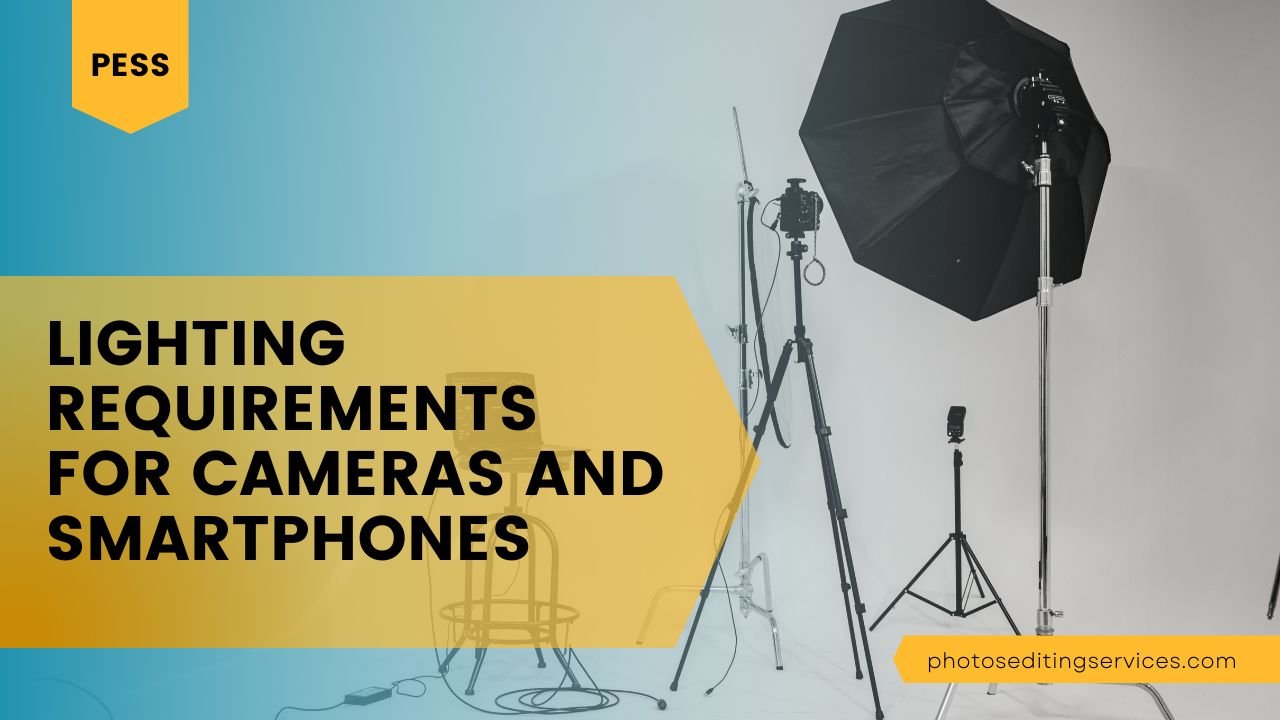
When it comes to capturing captivating product photos, lighting plays a pivotal role in enhancing the overall quality of your images. Embracing natural light as your primary light source can significantly elevate the appeal of your product images. Position your setup near a window to harness the soft, diffused light that streams in, illuminating your products evenly and minimizing harsh shadows.
- Basic lighting configurations can also yield impressive results for those opting for studio setups. Utilize a combination of key, fill, and backlighting to create a balanced and well-lit scene. Incorporating diffusers and reflectors can further soften and manipulate the light, ensuring that your product photos exude professionalism and clarity.
- Avoiding harsh shadows and uneven lighting is crucial for achieving a polished look in your product images. Position your light sources strategically to minimize shadows, and use diffusers to soften any harsh light. Additionally, ensure that your lighting setup provides uniform illumination across your products, especially when shooting against a white background, to maintain a clean aesthetic.
- By prioritizing natural light, understanding basic studio lighting setups, and mitigating harsh shadows and uneven lighting, you can elevate the quality of your product photos and create visually stunning images that captivate your audience. Remember, a well-lit photo is the foundation for compelling product photography. You can achieve professional results that impress your audience and potential buyers with the proper techniques and attention to detail.
Lighting Requirements for Cameras and Smartphones:
A smartphone and a camera, though being used for the same purpose, require different conditions for the background and lighting of a product photo.
- Camera – various apparatus for lighting are essential for professional product pictures to be captured using a camera. Casting several lights on the product and a natural light present produces well-lit photos, accentuating the product’s qualities in all its glory. In addition, pale pastel shades for the background notably ensure that no distractions will drift the focus away from the product.
- Smartphone – unlike the camera, smartphones can do without the many lighting tools, provided a ring of light is used in a white room; not even a flashlight is necessary. After that, a wonderful picture will emerge in which light will be equally distributed to the product (courtesy of the ring of light), and product features will be predominantly emphasized.
4) Photo Editing:
Following photographing a product, image editing should be a priority no matter how confident the photographer is in their skills. Indeed, the software for such a significant task needs to be just as decorated.
- Adobe Lightroom – preset settings that aid in correcting light, texture, contrast, etc., make it remarkably easy to understand and use. Further ease is created with its feature to set your pictures in a proper order.
- Adobe Photoshop is relatively similar to Adobe Lightroom; some additions include its ability to amend a singular area without affecting the rest of the image.
- Snapseed – it significantly requires practice and patience, but with its diverse characteristics and tools, it is worth the time.

5) Background Renewal:
Though soft-hued colours are recommended as the background to highlight the product as much as possible, in situations where it is not possible, changing the background after taking the photo is also feasible.
The “Clipping Path” app places the product on a new background, while the “Healing Brush” removes any cuts or dirt marks. Other apps like “Remove Object”, “Touch Remove”, and “YouCam Perfect” can also handle these tasks effectively. Not only can they remove unwanted objects by isolating the product, they also ‘clean’ the product just as effectively.
6) A Logo:
As impressive as a photograph may be, it is just a picture at the end of the day. To make a product photo stand out, include the brand emblem, unique editing style, and a catchy product description. These elements grab the customer’s attention and highlight the product’s value.
A worthy freeware platform to attend to this affair is called “Canva”. Containing many different characteristics, it can add pictures, change the font style, and turn an ordinary image into an unparalleled masterpiece, enticing purchasers at a stroke.
7) Moderation is critical:
It is a fact universally acknowledged that success will follow where moderation is practised. Products especially need images that portray them in their most accurate form as not to disappoint expectant customers. During product photo retouching, consider texture, colour contrast, and saturation as necessary. Excessive editing can deceive potential purchasers and erode their trust. It’s important to keep the image as close to the authentic product as possible.

Following these guidelines will undoubtedly work for anyone setting up an e-commerce business. Arrange the needed equipment, apply your photography skills, remember to edit the images, create a logo, and be done! Your work has started. You can always reach out for any professional help.
